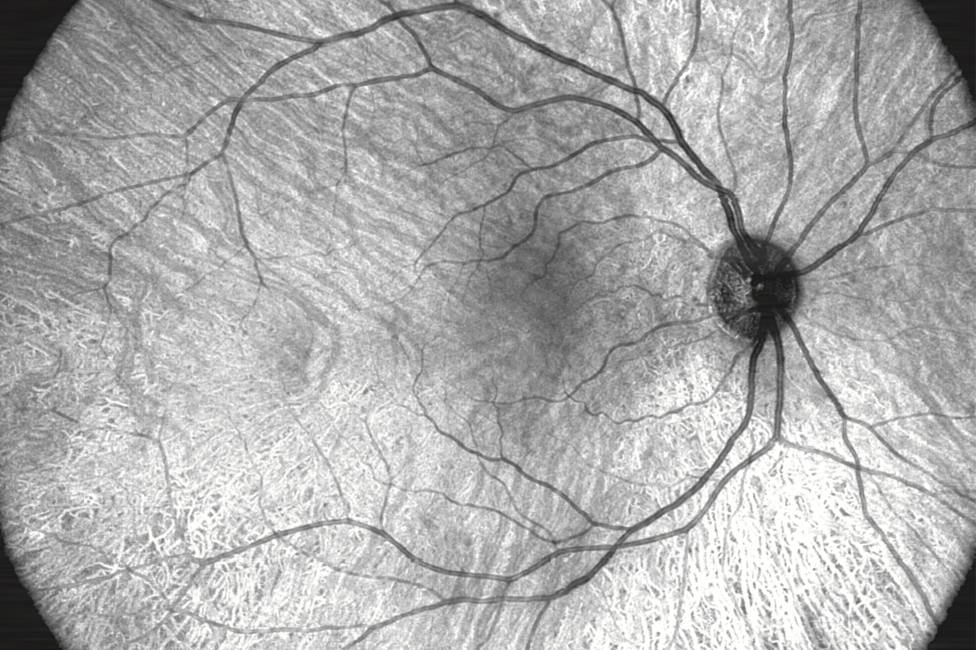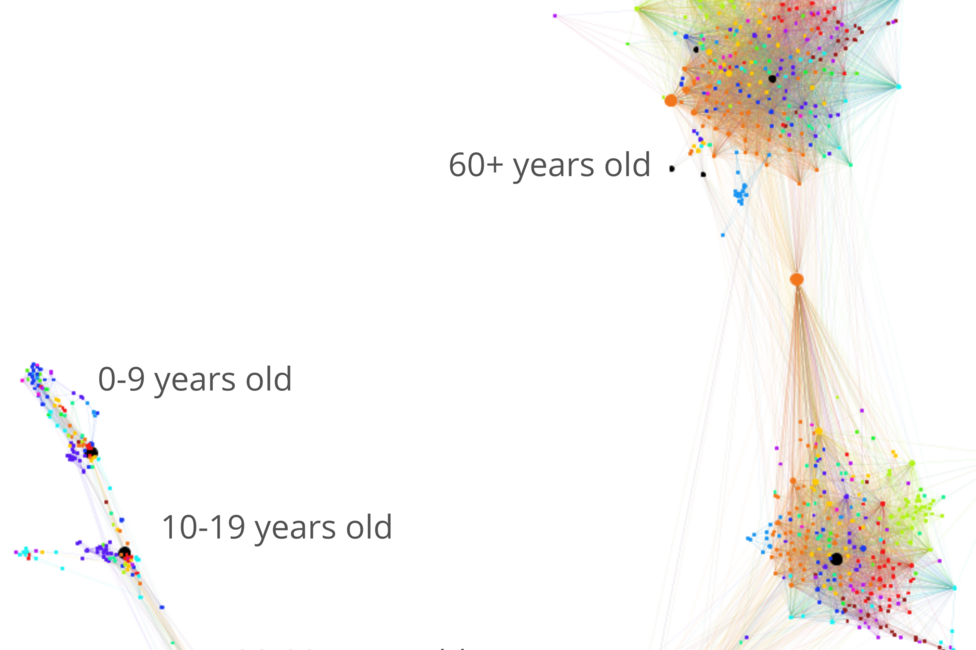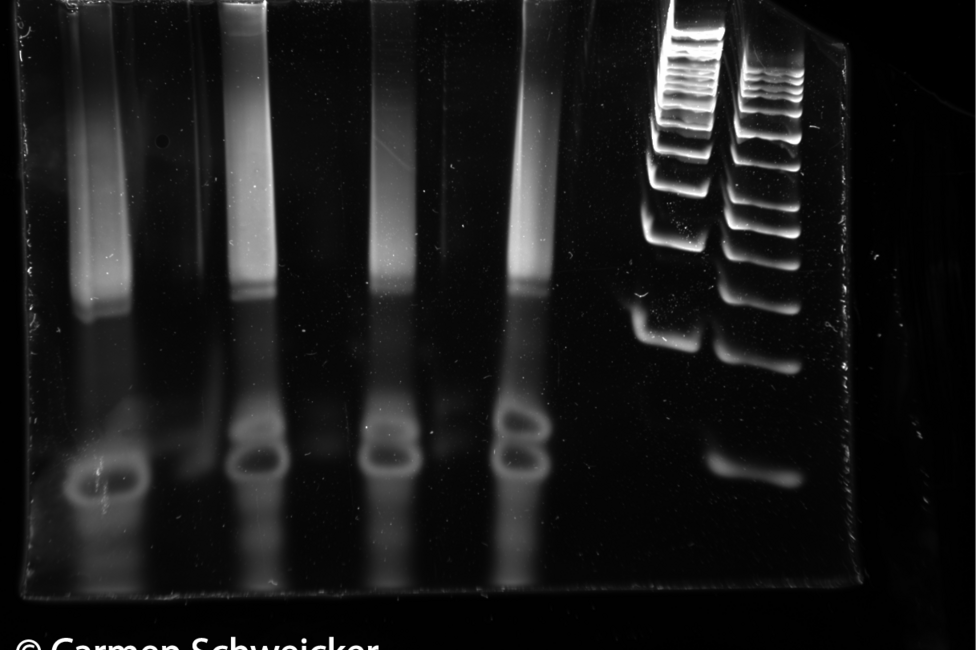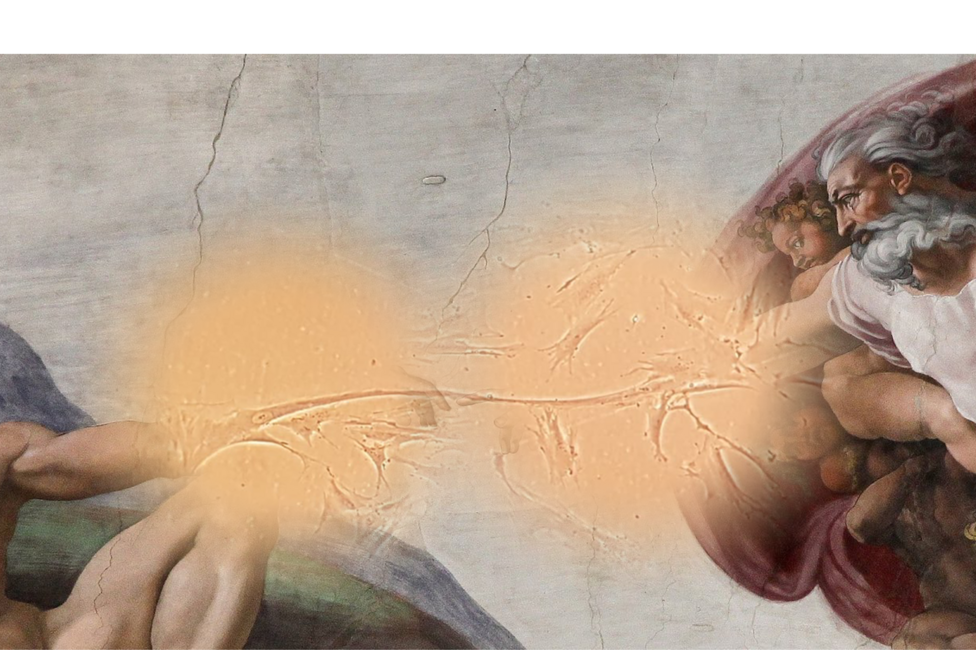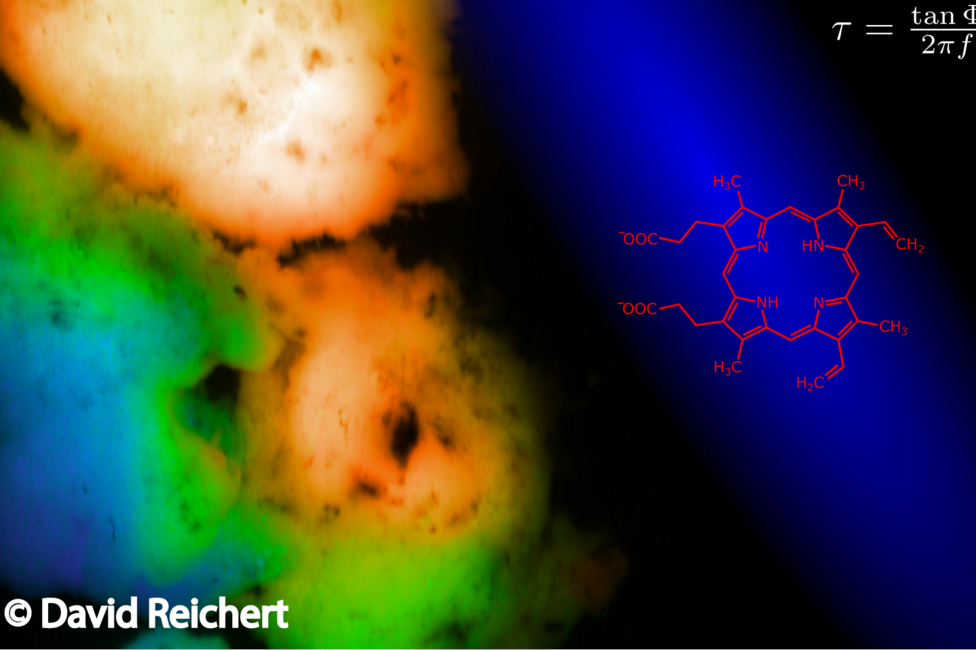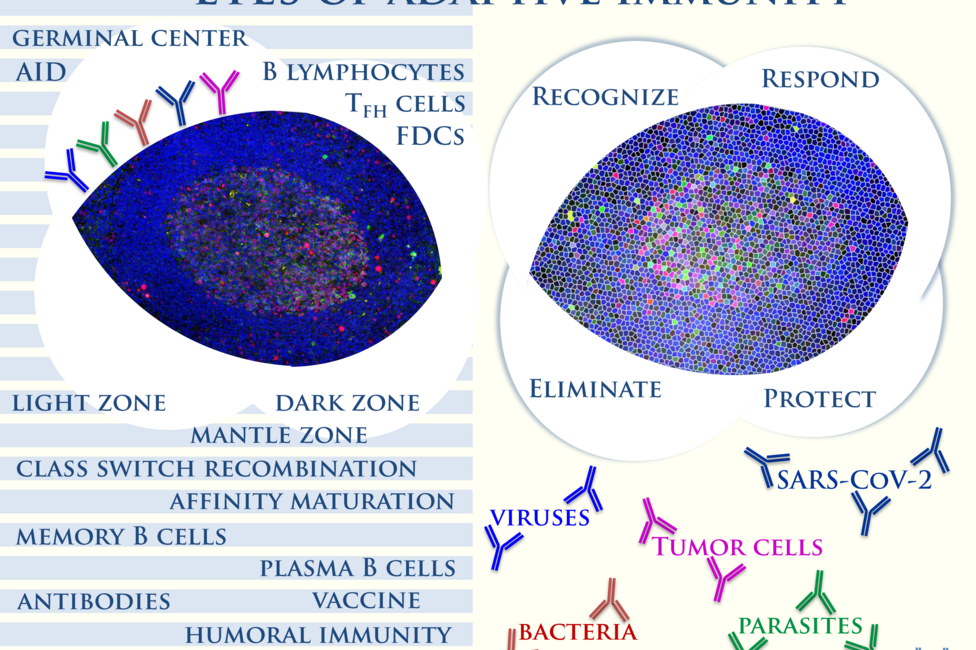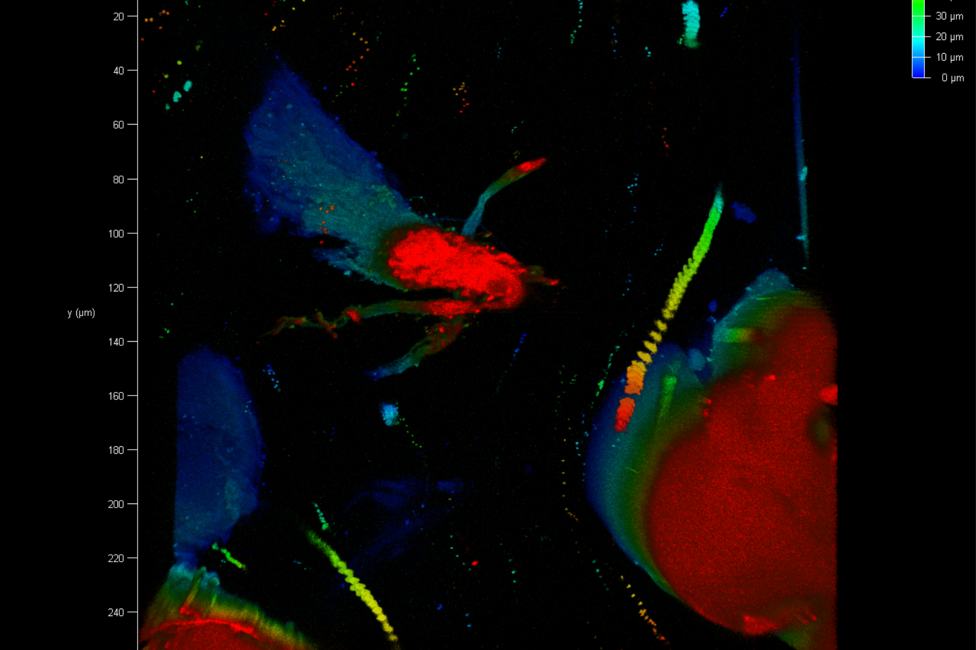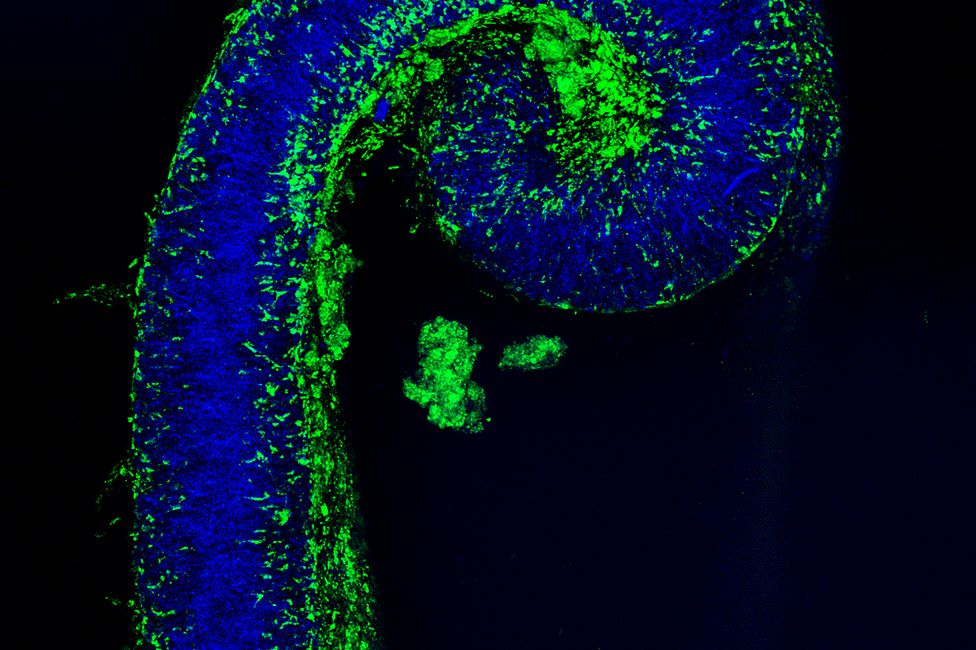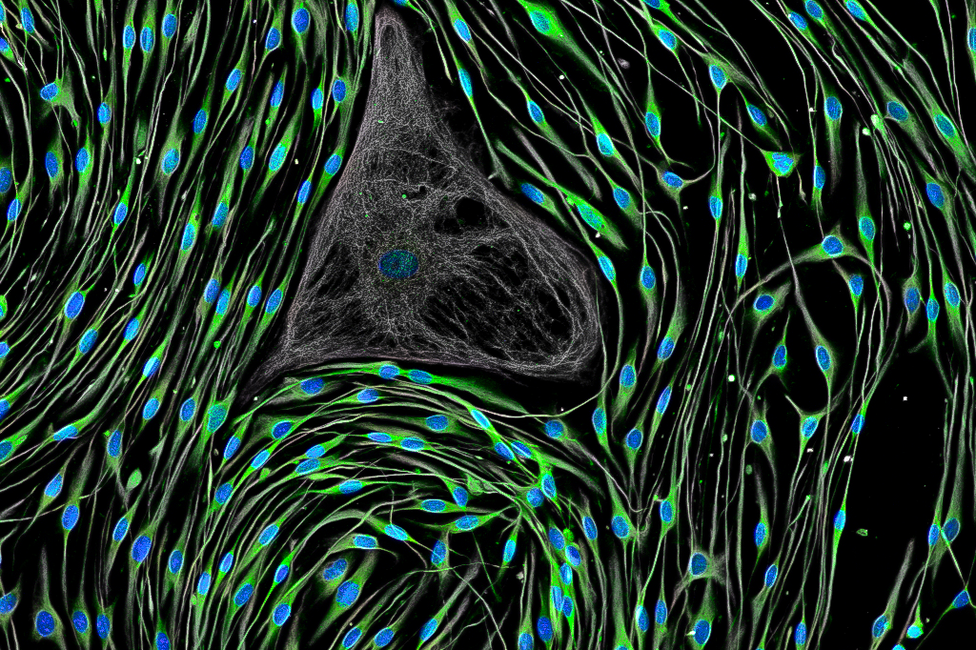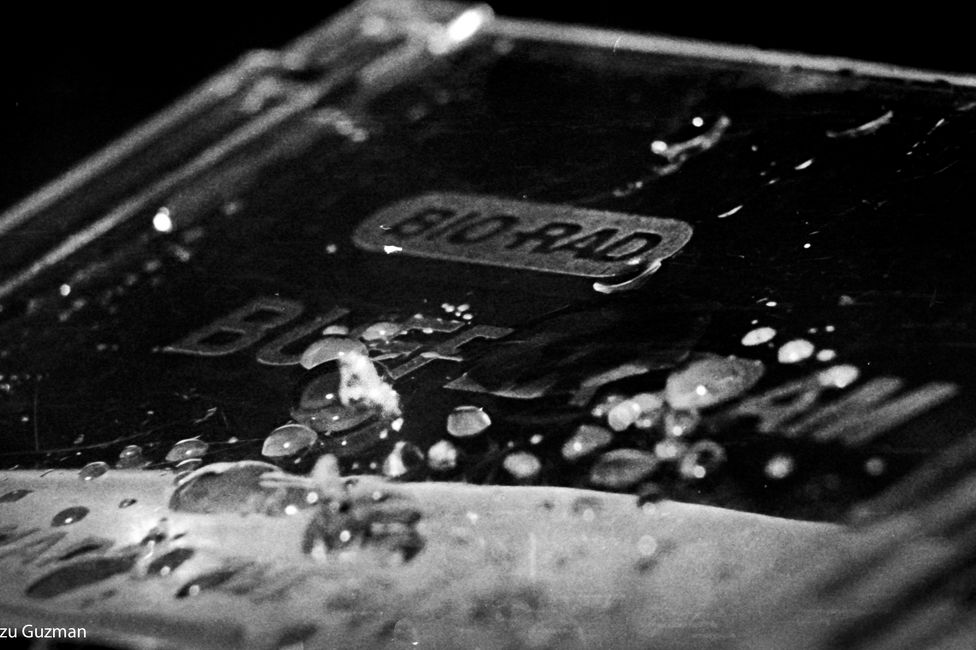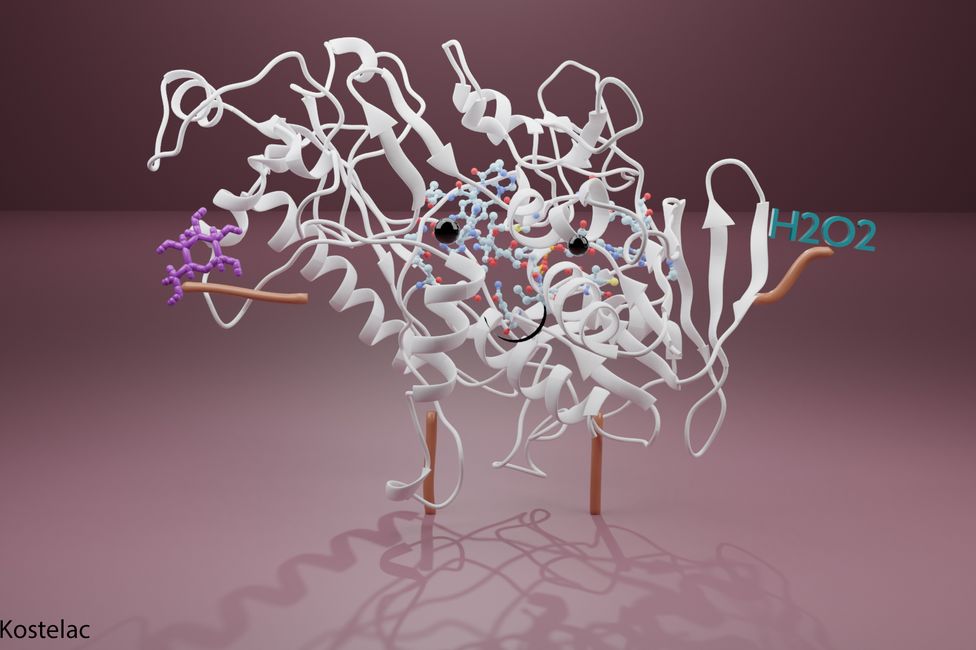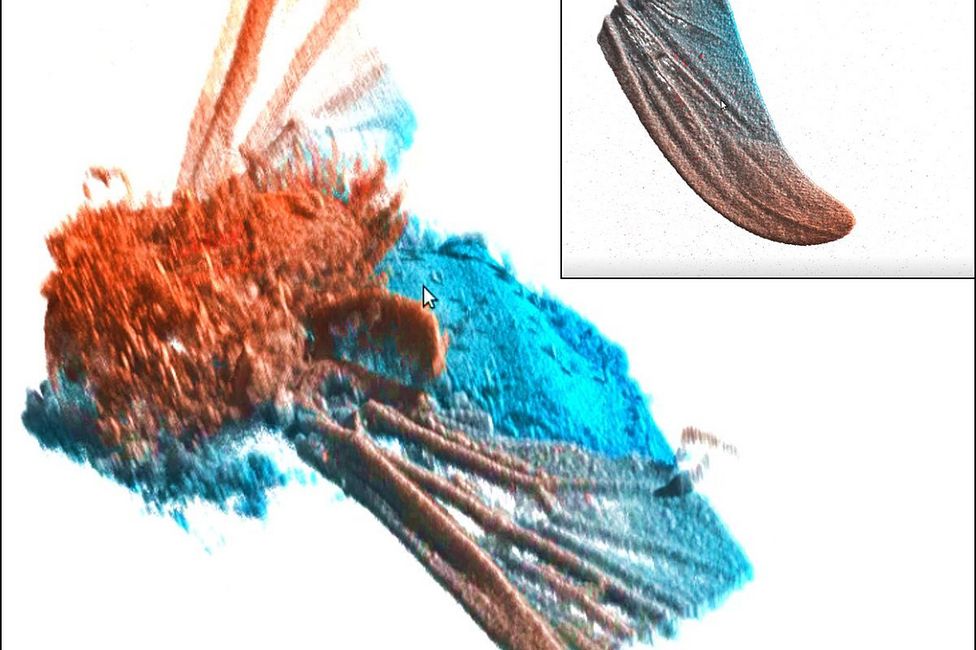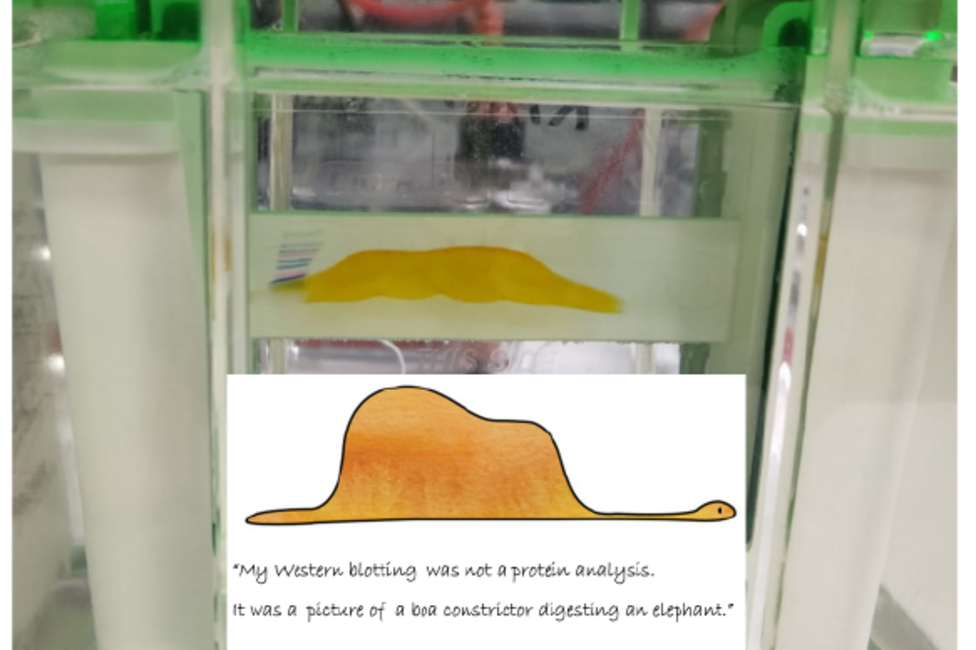Science│Art - Exploring the Interface(s) of Science and Art
Our research is the offspring of hard work, perseverance and dedication. It motivates, inspires and fascinates us. So let us recognize and capture these moments. Illustrations, visualization and even unsuccessful experiments can possess a beauty that makes one stop for a moment and smile.
A simple artistic piece can also provide a fantastic tool to communicate science across different fields as well as to the public, and makes it easier to raise awareness, stimulate ideas and foster innovation.
Initiated in 2015 by the YSA in cooperation with the "Creative and Critical Journal Club" and later refined with support from Isabella Ellinger and Klaus Spiess, young scientists are invited to participate in a competitive exhibition on the occasion of the YSA PhD Symposium
Science│Art Contest
The Science Art exhibition will take place during the week of our Symposium on our Facebook page. The winner will be selected by online votes and will be announced on the last day of the Symposium.
The People's Choice Winner will receive a price of €250,-.
You can also find a preview of all submissions below.
Science Art Submissions 2021
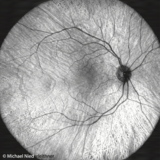
Human choroidea with retinal shadows_Michael Niederleithner
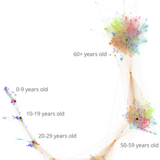
Life of a female patient_Elma Dervic
Multimorbidity is associated with decreased quality of life, increases in hospitalizations, health care utilization, mortality, and costs of care. Therefore, the primary motivation behind this research project is the optimization of treatment paths by providing new insights into how multimorbid patient health states develop in men and women.
Research questions are focusing on modelling dynamical comorbidity networks from longitudinal healthcare data, gender gap, and time order of diseases based on the medical claims database of the Austrian Ministry of Health containing the entire Austrian population.
This plot presents a multilayer comorbidity network based on in-hospital data of female patients. It can also present the life of a female patient. We can see that younger patients are more healthy with fewer diseases, while older patients have more diseases. The network in older age groups is more dense and complex.
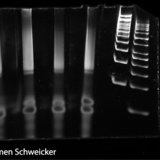
My unaesthetic masterpiece_Carmen Schweicker
Precision nuclear run-on sequencing (PRO-seq) is a method to measure the density of RNA polymerases at a particular genomic locus in order to map transcriptionally active RNA polymerases and therefore provide a sensitive and strand specific measurement of the nascent transcription rates at that region. The protocol is technically challenging and includes an intimidating multi-day workflow associated with creating libraries suitable for high-throughput sequencing.
PRO-seq was the most challenging protocol I have ever executed. It presents a repeated opportunity for material loss and only the polyacrylamide gel image can display after a multi-day workflow whether the experiment was successful or needs to be repeated all over. Personally, after I had to except a few failed runs beforehand, this rather unaesthetic pleasing image finally held so much confirmation, reward and relief at the same time. It reminds me that the most certain way to succeed is always to try just one more time. And yes, I even framed this picture.
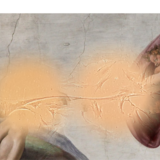
Stellar Touch_Philipp Schwabl
Hepatic stellate cells (HSC) are specialised pericytes, that wrap around hepatic sinusoids. They are named due to their star-like appearance and their contractility allows to modulate sinusoidal blood flow. In quiescent state HSC store vitamin A. However, once activated they become the major cell type contributing to liver fibrosis, cirrhosis and portal hypertension.
In this piece we see an overlay of a microscopic picture of HSC on Michelangelos “The Creation of Adam”. The overlay is shaped as the two binoculars of a microscope, with the yellow-stained color scheme resembling the one of historical anatomical drawings. The nearly touching hands of God and Adam are substituted by protrusions of HSC, illustrating the importance of cell-cell communication. Indeed, the fate of HSC largely depends on environmental influences and due to their crucial role in liver disease, many researchers consider HSC as stars of the liver.
The association of HSC under the microscope with this art from Michelangelo was a sudden and unexpected connection that formed in my brain immediately, when I saw those cells. Yet this, probably divine inspiration, needed some image editing to be moulded into its present form.
The image should be a tribute to all the bench work and efforts undertaken in many labs of the world to better understand HSC biology and find innovative treatment options for chronic liver disease.
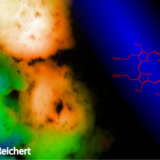
Fluorescence lifetime imaging of brain tumors_David Reichert
Intraoperative fluorescence guidance assists surgeons in delineating tumorous from non-pathological tissue in brain tumor surgery. This method is based on tumor specific accumulation of the fluorophore protoporphyrin IX, which emits red fluorescence under blue-light illumination. Fluorescence lifetime imaging (FLIM) has shown promise to further enhance the sensitivity of this approach by measuring the temporal fluorescence decay dynamics.
Light based technologies enable surgeons to delineate tumorous tissue in brain tumor surgery. While this is a dreadful disease, it is worth pausing a moment to think about the beauty in these measurements. Fluorescence lifetime imaging contrasts alterations in the fluorescence time response of tissue at the order of several nanoseconds. This time is so incredibly short that light would only propagate about 30 cm per nanosecond. Compare it to the 1.3 seconds it takes light to travel from moon to earth. A molecule called protoporphyrin IX accumulated in malign tissue facilitates this contrast when illuminated with blue light. Essentially, light could provide a spark of hope to patients by assisting surgeons in achieving the best possible treatment outcome.
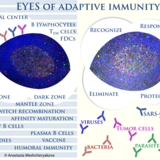
Eyes of adaptive immunity_Anastasia Meshcheryakova
The “eyes” that see and specifically recognize any type of pathogen – the lymphoid structures with the active germinal centers and activation-induced cytidine deaminase, AID, being the pupil of the eye which focuses the immune response on production of specific protective antibodies of various isotypes by memory and plasma B cells.
Organism, keep your eyes open and stay healthy!
I used the artistic way of illustration to show the beauty, the complexity and the enormous power of the humoral immune response, driven by AID and germinal centers. With my Science & Art piece I hope to catch the attention of young scientists and raise their scientific curiosity for the fascinating world of B cells.
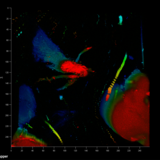
Magnificent failure – requirement for scientific and personal development during PhD? Paul Supper
Immunofluorescence picture of a pilot project aiming to establish an immunohistochemistry protocol. The sample includes multiple errors: frame shifting, unspecific antibody markers, spotty staining, repetitive detection.
This piece represents the multiple obstacles that are faced and needed to be coped with during the PhD studies. The learning of novel techniques or establishment of a novel protocol bears multiple obstacles. This picture depicts a magnificent failure where multiple errors occurred. In the end, the PhD is about scientific - but what’s more - personal development. Coping with failures, overcoming obstacles of all kinds.
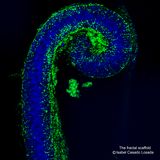
The fractal scaffold_ Isabel Casado Losada
The image represents how the cells will always find their way into a scaffold. The scaffold (in blue) is made of decellularized cartilage and contain channels where nasal chondrocytes have entered to repopulate the scaffold. Not only that, they have also adapted the shape of the scaffold to their wishes. It truly represents the first step of tissue regeneration.
This figure represents the typical fractal geometry so commonly found in nature. Similar to a tree/rose leaf, or a snail, it shows a perfect symmetry and spiral shape. It shows that cells not only can find their way through the scaffold but also they manage to shape the scaffold. It is the perfect example of how cells will model and lead the way to regenerate. Personally, it represents how geometry shapes our lifes and how nature will always replicate itself.
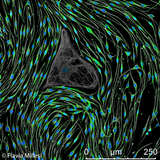
Lonely Fibroblast_Flavia Millesi
The image depicts a single fibroblast (in white), surrounded by green Schwann cells. The Schwann cells express their typical bipolar morphology, arranged in bands similar to the Bands of Büngner to which they align after nerve injury.
In contrast, the fibroblast has a flat and broad morphology. For nerve regeneration research, it is difficult to obtain pure Schwann cell culture because the fibroblasts typically overgrow the Schwann cells. The image therefore shows a dream Schwann cell culture, almost without fibroblasts. Almost.
Although this image shows that we successfully established a pure Schwann cell culture, which, for us, is a reason to celebrate, the image also has a bit of a sad ring to it. It reminds me of feeling lonely even though you are surrounded by people. Of being different and not necessarily happy about it. And I think, this is also accentuated by the fibroblast looking almost like a ghost, as if, by trying to adapt to the surrounding cells, it loses a bit of itself, its essence.
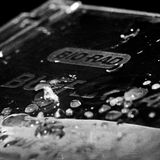
Break the damn Dam! Emerson Armando Collazo Guzman
During my first year of Ph.D. a colleague tried constantly to perform a western blot of a novel protein. Day after day, Monday to Sunday, he tried. After meeting the despairing failure I told him: “Break that damn Dam”, and then he continued, day after day, until finally he met success.
Here we can see a stream of drops hitting constantly against a buffer dam. How long will it take to break the dam?
Every day we hit the barriers of knowledge, these can come in different shapes, personal, financial or even political ones. But something keep us pushing.
Aren’t we all drops hitting the dam of uncertainty, fighting the chaos of the lab justfor the little breach of knowledge?
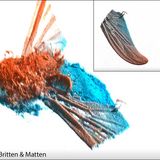
The firery hO(CT)se Fly_Anja Britten & Philipp Matten
We've developed a fast swept-source Optical Coherence Tomography (SS-OCT) setup which is supposed to be used in an intrasurgical setting. This technique is a non-invasice optical imgaing modality that is widely used in Ophthalmology.
While testing the resolution with a biological sample (the horse fly) we stumbed upon this beauty of an image.
While testing our newly completed setup, we were looking for strokes that underline the versatility of the setup. When we accidentally found this horse brake and looked at it live under our setup, we never thought we would see something so beautiful on our screen - the structural intricacies of our horse brake fascinate us to this day.
One can appreciate the three-dimensional nature of the visualization even more, if one focusses on the wing of the horse brake.
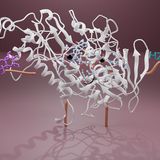
The sweet side of the enzyme pyranose oxidase_Anja Kostelac
The Carbohydrate-active enzyme database contains catalytic modules and domains of enzymes that degrade, modify or form glycosidic bonds. In conjunction with the mentioned enzymes, auxiliary activity enzymes provide a helping hand during lignocellulose degradation. The auxiliary activity enzyme pyranose oxidase (POx) might be involved in depolymerisation of lignocellulose. Therefore, it is of importance to explore the biochemistry of POxs. This picture represents the structure of a bacterial POx.
I personally enjoy restructuring ‘dull’ results from my experiments/analysis into something cute and more approachable to a broader audience. Therefore, I decided to make a structure of an enzyme I am working on for my PhD into something very sweet and, at the same time, human-like. The 3D model depicts a tertiary structure of a POx enzyme with a prosthetic group inside. In its right hand, my enzyme holds a molecule of glucose, which is a substrate for a reaction that POx catalyses. In his left is a product of a reaction, hydrogen peroxide, which is important for lignin degradation. What I like about my picture is how it depicts a ‘sweet’ side of a chemical reaction catalysed by POx.
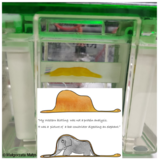
Boa_Malgorzata Malys
Behind every research stand simple techniques that often are not interchangeable. They enrich us with the information that is not visible at the first sight and must be found within the contest to be understood.
I find this image as the icon of my scientific project. Each time when I am asked about my work by people from the outside of science I would relate to it as a Boa constrictor digesting an elephant to open our eyes for a bigger meaning in our research approaches and questions.
One contest entry per person. Contest prize winners will be announced at the YSA PhD Symposium. Winners artwork may be displayed at the YSA homepage. All decisions by YSA are final. By entering this contest, participants warrant and represent that they agree to be bound by these contest rules and the final decisions of YSA. All taxes on any prize won are the sole responsibility of each winner. Acceptance of prize constitutes permission to use winner’s name, city, state, and winning entry for promotional purposes. Contest entry constitutes permission to use winning submissions on YSA website and its affiliated websites without further compensation. Furthermore, entry constitutes permission to archive winning entries indefinitely on any webpage on this website, to be used for promotional purposes. Contestants agree that the sole and final judgment as to all matters concerning contests and interpretation of contest rules are at the sole discretion of YSA and its staff. YSA, its staff, board members and its prize donors are not liable or responsible for any claims, damages, losses, injuries, or death including any third party claims, arising from or relating to, in whole or in part, any contest, including entry and participation in any contest and acceptance, possession, use or misuse of the prizes; not responsible for entries that do not follow guidelines; not responsible for entries and responses to winner notifications that are illegible, incomplete, late, lost, misdelivered, or undeliverable; not responsible for any technical or human errors, malfunctions, failures, etc. resulting in participation of contest. YSA will not sell or trade contestants’ email addresses or personal information.

